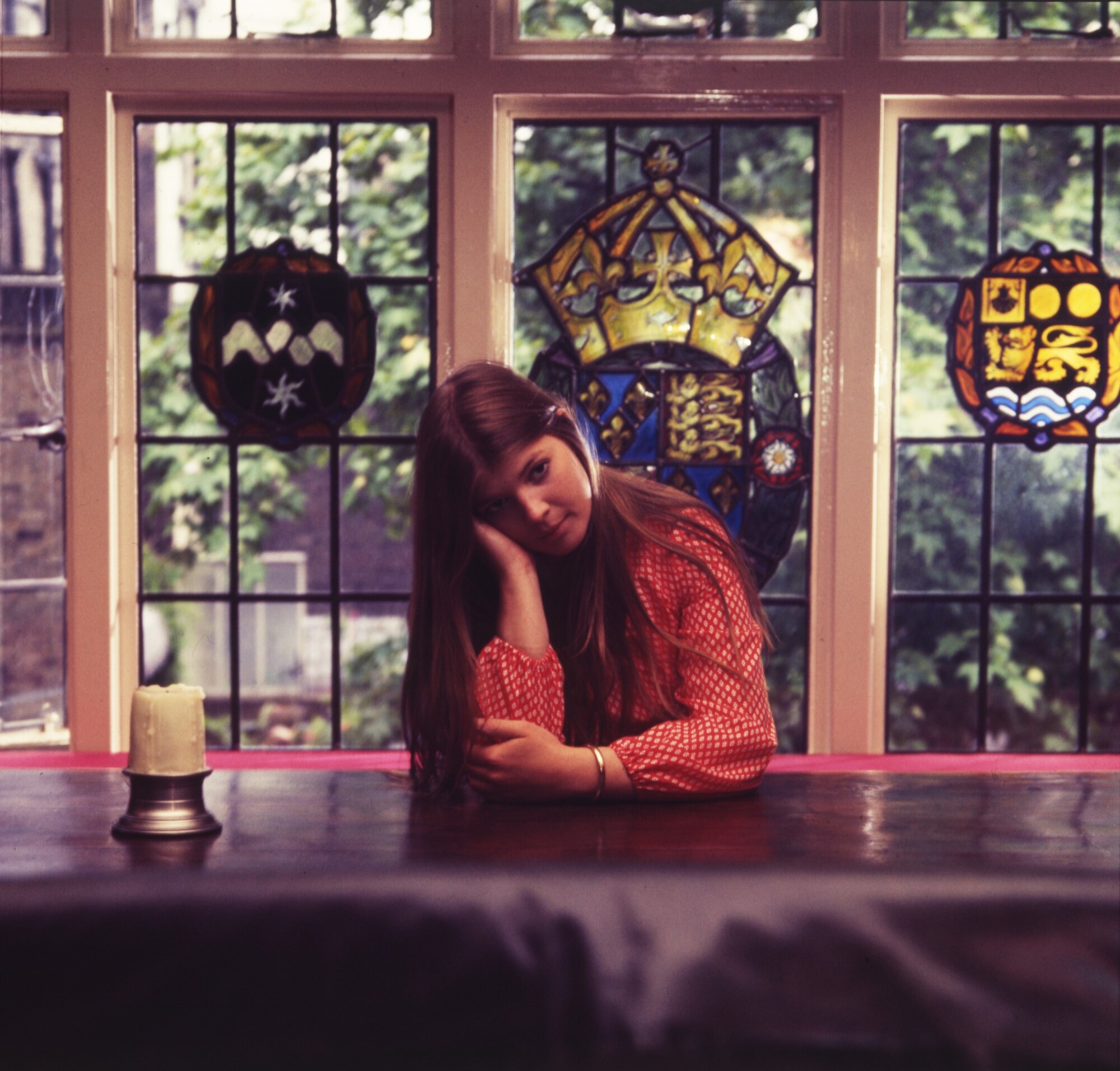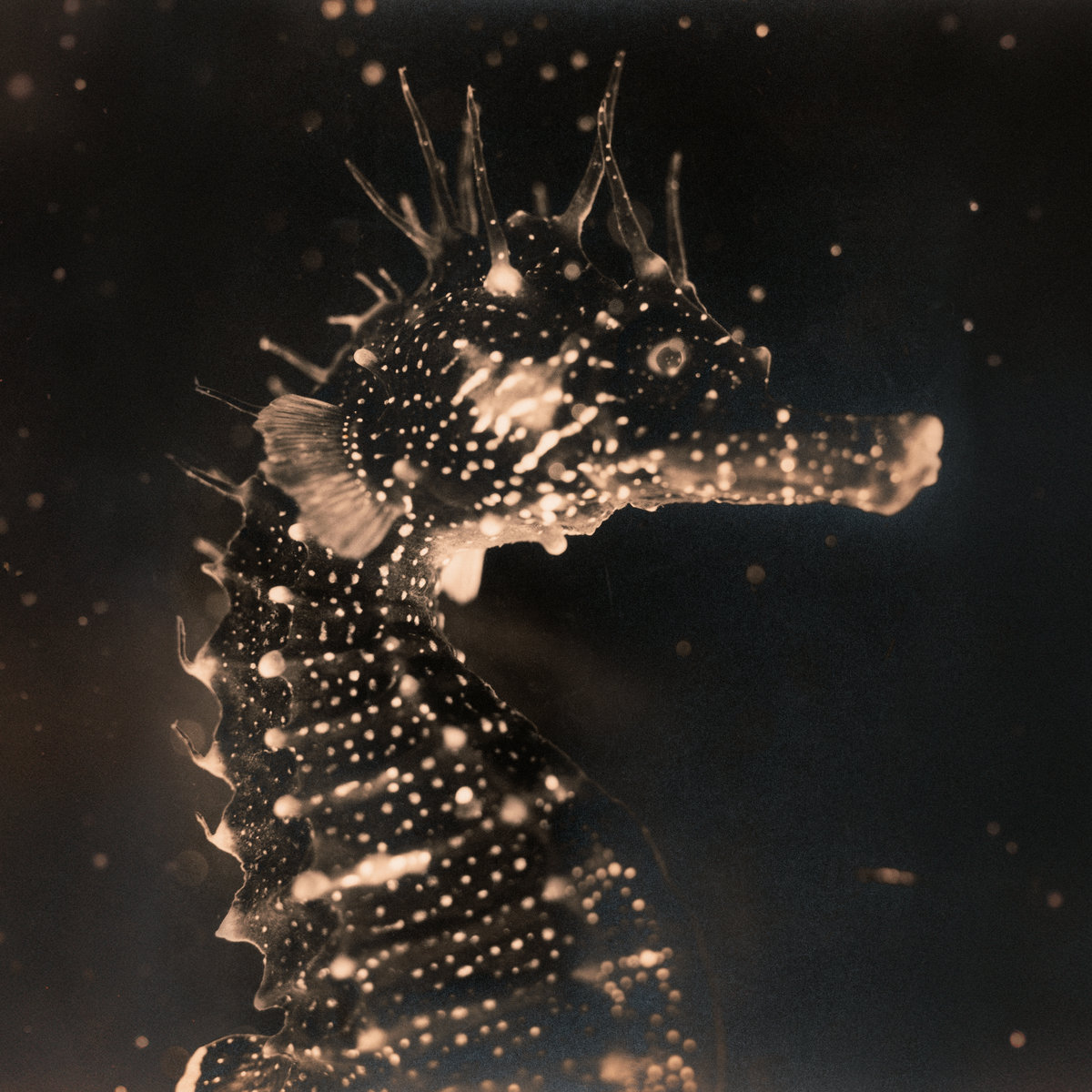Buried Treasure: Laurie Styvers | Anthology
High Moon Records recently released the first-ever comprehensive anthology from singer-songwriter Laurie Styvers.
Laurie Styvers may be amongst the lesser-known names within the milieu of 1970s cult singer-songwriters, but anyone who experiences the bewitching innocence on display within her two deeply moving solo albums, ‘Spilt Milk’ (1971) and ‘The Colorado Kid’ (1973), will surely fall in love with this enigmatic figure. Born in Texas, Styvers was a student at the American School in London when she joined the legendary 1960s psych-folk outfit, Justine, guesting on their eponymous 1970 debut LP before heading back to the US to attend college in Colorado. She soon returned to the UK, embarking upon a solo career after signing with Hush Productions, founded by legendary producers Shel Talmy (The Kinks, The Who, David Bowie) and Hugh Murphy.
‘Gemini Girl: The Complete Hush Recordings’ is available on 2XCD and digital download. All formats will feature optimum fidelity, along with an exclusive 48-page booklet collecting extensive liner notes from GRAMMY® Award-nominated compilation producer Alec Palao alongside lavish artwork, a bounty of never-before-seen photos, memorabilia, and more.

When did you first hear the music of Laurie Styvers and how did you feel about it?
Alec Palao: Actually, in common with a lot of people who have admitted it since they learned of this project, I too was fairly ignorant of Laurie Styvers’ music until about a decade ago. I was certainly aware of her former band Justine, but didn’t really pay much attention to her solo records, possibly because as a collector they wouldn’t have stuck out to me in the racks, so to speak. However, when I started working with Shel Talmy I started picking up records he was associated with, and so not only became familiar with Laurie’s music, but very quickly fell in love with it, mainly because of the arrangements, particularly on ‘Spilt Milk’. I was always a big fan of 60s Brit girls and arranged pop of the late 60s and early 70s, so the stellar orchestration and instrumental performances reeled me in, but I was equally and completely charmed by Laurie’s pure voice and the heart-on-her-sleeve innocence within her songs. I also love the notion of a young untutored American woman working with some of Britain’s top session players of the early 1970s.
How did the project ‘Gemini Girl’ get together and how long did you work on it?
When the pandemic kicked in a couple of years ago, I used the enforced hiatus to go through a lot of tape catalogues that I had not yet gotten around to reviewing. This included parts of Shel’s stash, and it wasn’t long before I was digging into Laurie’s masters and thoroughly enjoying what I was hearing. From there, I started to research her career and realized there was virtually no concrete information out there about this intriguing artist. Of course Shel remembered her as part of his Hush Productions entity, but as it was his associate of the time, Hugh Murphy, who had produced Laurie’s records, he had little specific recollection beyond signing her. I was also surprised that her records had never been reissued, although I did subsequently learn that several different reissue labels had tried to license the material from Universal or Warner Brothers, but understandably didn’t get very far as those companies no longer had rights. Funnily enough, no-one had figured out it was Shel … so assembling the ‘Gemini Girl’ package was not only very easy but a most pleasurable experience. And High Moon is the perfect home for this sort of material, as they take such care in the overall presentation.
In her time she released two albums, ‘Spilt Milk’ and ‘The Colorado Kid,’ as you worked on the tracks, how would you describe the difference between the albums? Do you feel that she matured as a musician when she did the second album?
I would say Laurie definitely matured as a musician between the two albums – particularly in her singing, which is appreciably stronger in many places on the second album. But luckily she didn’t alter the essential appeal of her songwriting, either melodically or thematically, and the artistic persona comes across just as strongly on ‘The Colorado Kid’. I guess you could say that album was slicker or more professional, but there is something about Laurie’s debut ‘Spilt Milk’ that makes it the more compelling of the two for me. Even now, after having listened to her music intently for almost two years, I still keep going back to songs on that record like ‘Five Leaves Left’ or ‘Seasonal Blues’. That kind of lingering power speaks volumes about the quality of these recordings.
And how did you enjoy her folk pop group, Justine that released an album as well?
Love Justine, and one of the benefits of working on the Laurie package was that I got to know John McBurnie of that band, a lovely fellow who gave me some real insights into Laurie as a person as well as a musician (as did some of Laurie’s schoolmates like Leigh Stevenson and Jerry Post, and her bandmate in Denver, Spencer Pyne – pretty much everyone else who worked with Laurie, like her producer / sometime boyfriend Hugh Murphy, has passed). In fact, John recorded as a solo artist with Murphy for Hush right at the same time (1971-72) that Laurie was doing her albums. I’m hoping to combine his fabulous solo sessions with the Justine album (and some outtakes and demos) for the ultimate Justine package soon – watch this space!
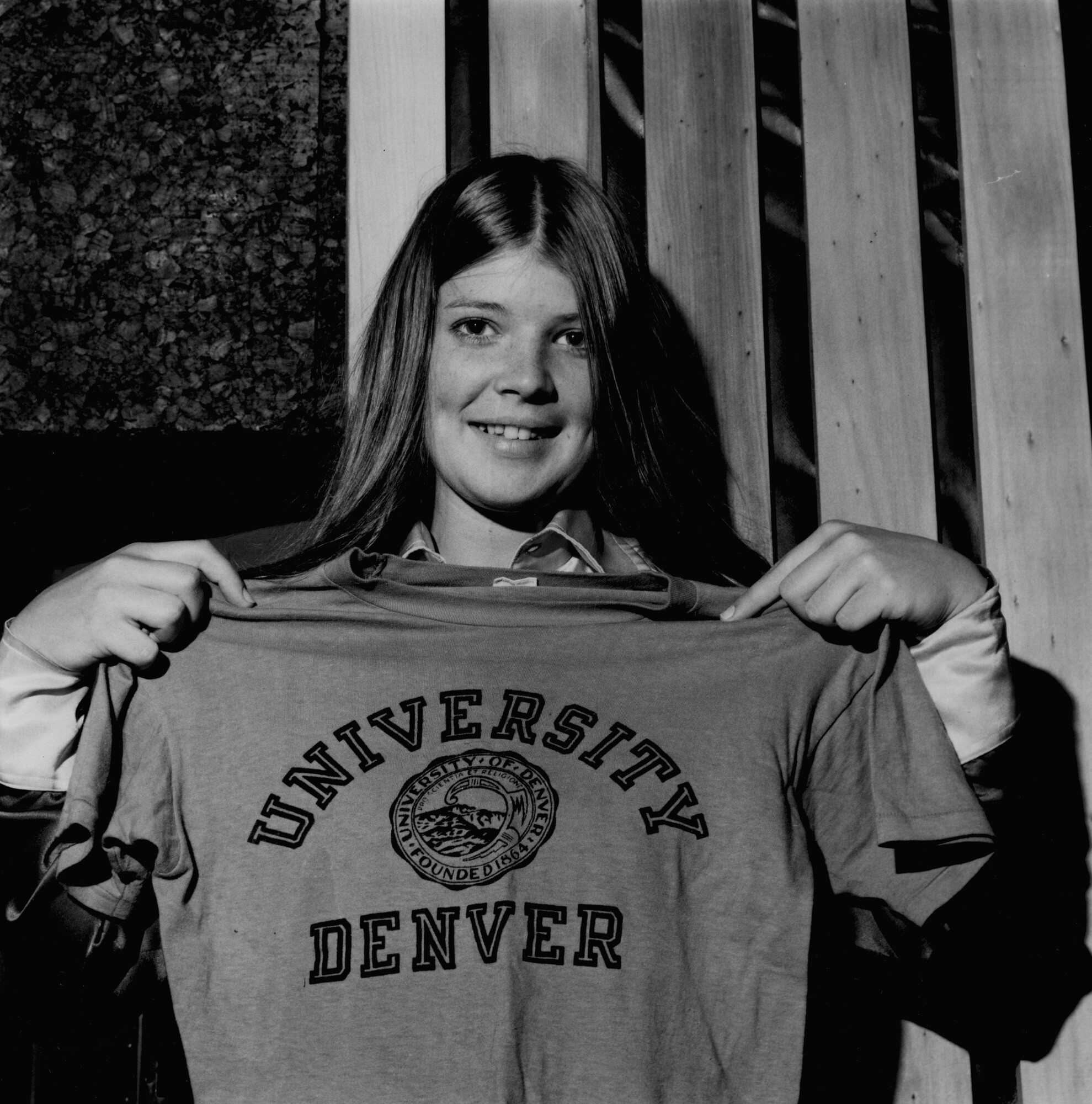
I wonder who signed her to Warner Bros to record her debut solo album?
That was Shel. Laurie was never signed directly to Warner Brothers, Shel just shopped the album once it was completed and Warner Brothers in the US picked it up ahead of the UK (where it eventually came out on Chrysalis).
As she moved between Colorado and London while making her records, it’s apparent that both places kinda influenced her unique sound.
That’s true, though as is obvious from the record’s title, the Colorado influence is much more apparent on the second album. But an equal factor throughout both of Laurie’s albums is her romantic life, and particularly her relationship with Hugh Murphy.
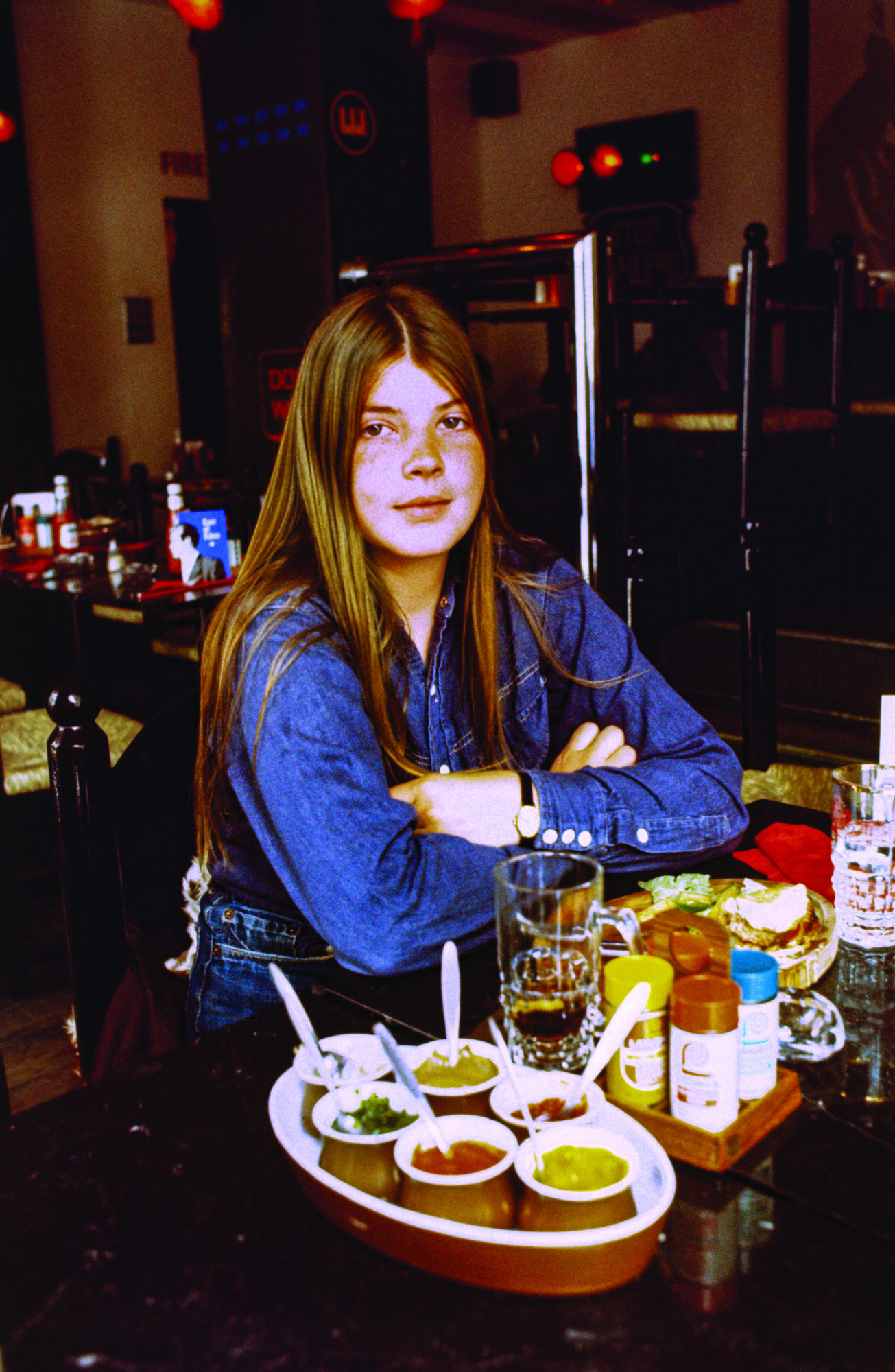
What happened at LA’s Troubadour?
According to the reviews, both good and bad, from the time (November 1971), Laurie, who performed solo at the piano with just a bass player, came across as inexperienced, which makes sense given she probably had not performed her own music in public before then. Warner Brothers arranged it and sort of threw her in at the deep end, so I think she was understandably nervous, and probably a little unprepared for such a high profile showcase. Having a band behind her would have certainly made a difference.
Why do you think she didn’t commercially make it at the time?
I try to address that in the liner notes to the CD, but it’s hard to say with any certainty why she wasn’t successful. She definitely had a response at radio for ‘Spilt Milk,’ within the US college circuit and a little later in the UK, so she could have been in a position to crossover: her records had that potential. As several of the more cynical critics have noted, perhaps Laurie just didn’t have that extra something needed, whether it be some kind of out-of-the-ordinary artistic vision a la Laura Nyro or Judee Sill, or the knowledge to play the commercial game like Carole King or Karen Carpenter. Her music doesn’t have the emotional complexity those other artists have – which is actually part of its appeal, to me at least.
What followed for her after the 70s?
When Laurie decided to move back to the US for good in 1973, I believe she still very much had a music career in mind while she attended college in Colorado, and she had collaborators there like Little Brown’s Electric Band. She made some demos both with that band and a little later, circa 1977, as a solo. Rather lo-fi, they are interesting to hear – quite different to her English-recorded material, although not nearly as distinctive. But there were no deals in the offing, so she retreated into caring for animals, which became her subsequent vocation.
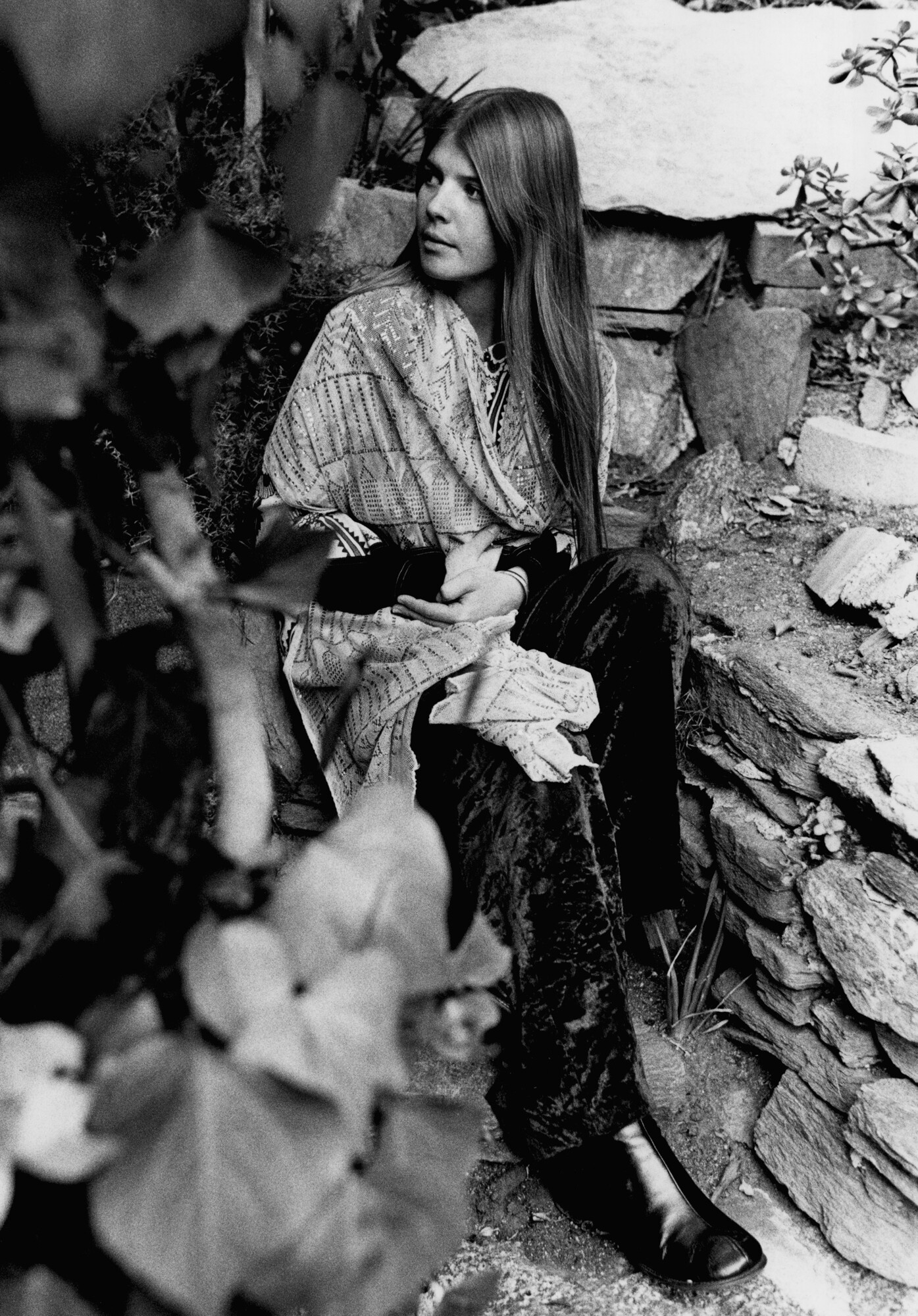
The exciting ‘Gemini Girl: The Complete Hush Recordings’ is made from original tapes and session reels?
One hundred per cent. We had the original production masters for both albums, and wherever possible, I also used period mixes for the outtakes, although some songs only exist on 16-channel multi-track, and therefore needed mixing. I don’t need to tell you I had a ball doing that, and really putting the recordings under the microscope, so to speak. Laurie’s singing is always spot-on, even on the rehearsal takes.
Where were the master tapes?
In Shel Talmy’s archive, which I supervise. It’s an incredible stash with a fair amount of stuff by the “heavy hitters” that he worked with, but also a lot of more obscure but no less worthy acts, particularly from the late 1960s and early 1970s, of which Laurie is an example.
And you also did the remaster? Did you compare the sound of the original vinyl to the new one? What are some of the main differences?
I did the tape transfers, mixed those tracks that required it, and did some restoration and preparation on the audio, although the final tweak was done by Dan Hersch, and a very good job he did too. One difference between the OG vinyl and the mastering might be clarity. Though they sound great, the original LPs have a slightly “Dolby” feel which seems to accentuate some frequencies and dampen down others, but that can be typical of 70s vinyl cuts. If we’d tried to replicate that exactly, some tracks might have come across as dull or conversely, over-bright. With the new mastering, I think there’s more to “hear” overall.
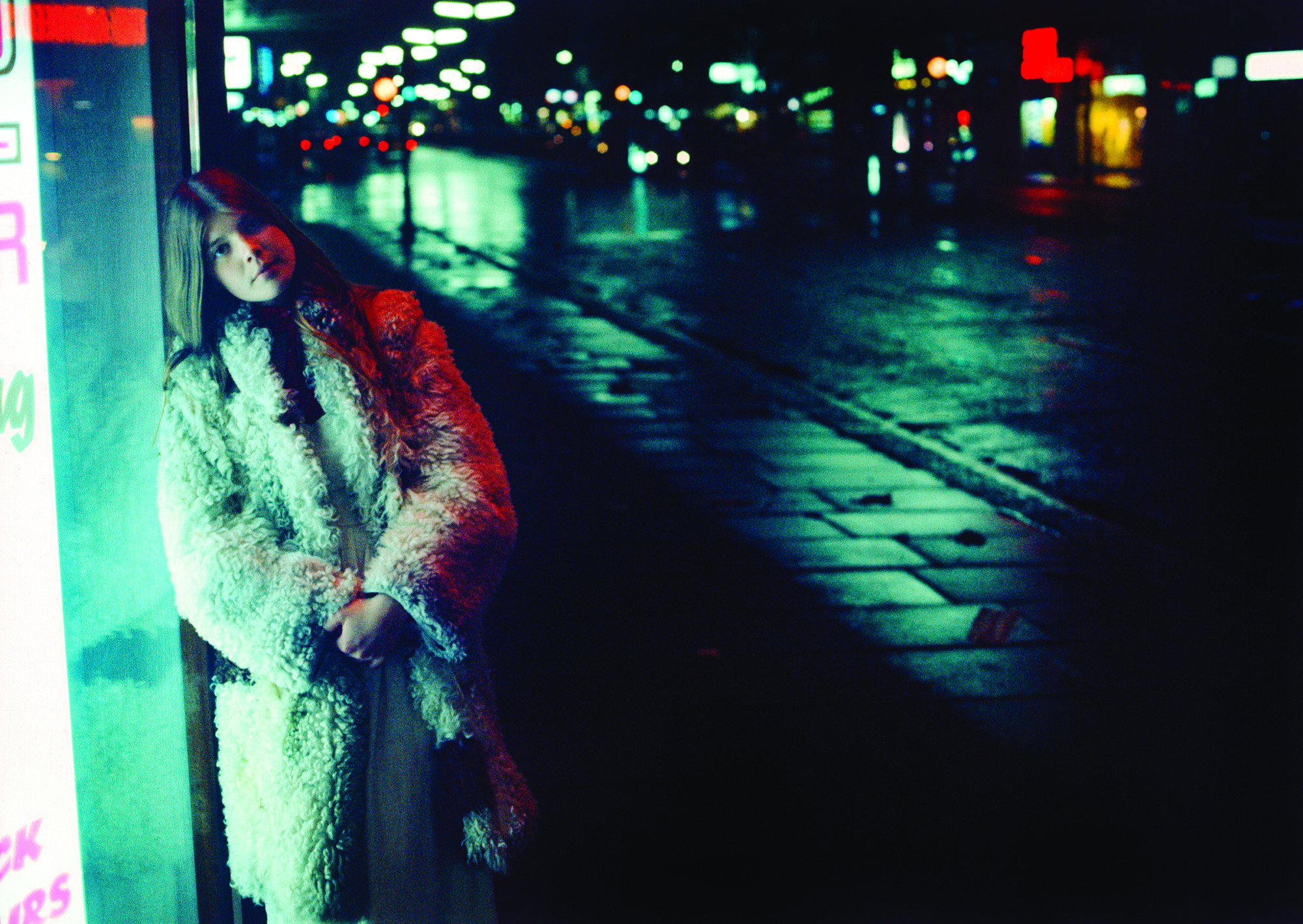
It was incredible to hear some unheard songs by her. I wonder if she had a plan to record a third album?
I don’t think there was any attempt from the Hush Productions side, although Shel kept her under contract as a songwriter for a couple more years after the recording contract expired. You will be glad to know we are planning to assemble the unreleased songs from the anthology onto a single vinyl LP, as a kind of “lost” album. Her original vinyl is still fairly easy to obtain on Discogs et cetera – although everyone I know who has enjoyed ‘Gemini Girl’ has told me they have bought copies of both LPs, so maybe they’ll be collectors items soon – they certainly deserve to be.
What did you learn from this project?
That there is still music the calibre of Laurie’s to be found and shared with the world.
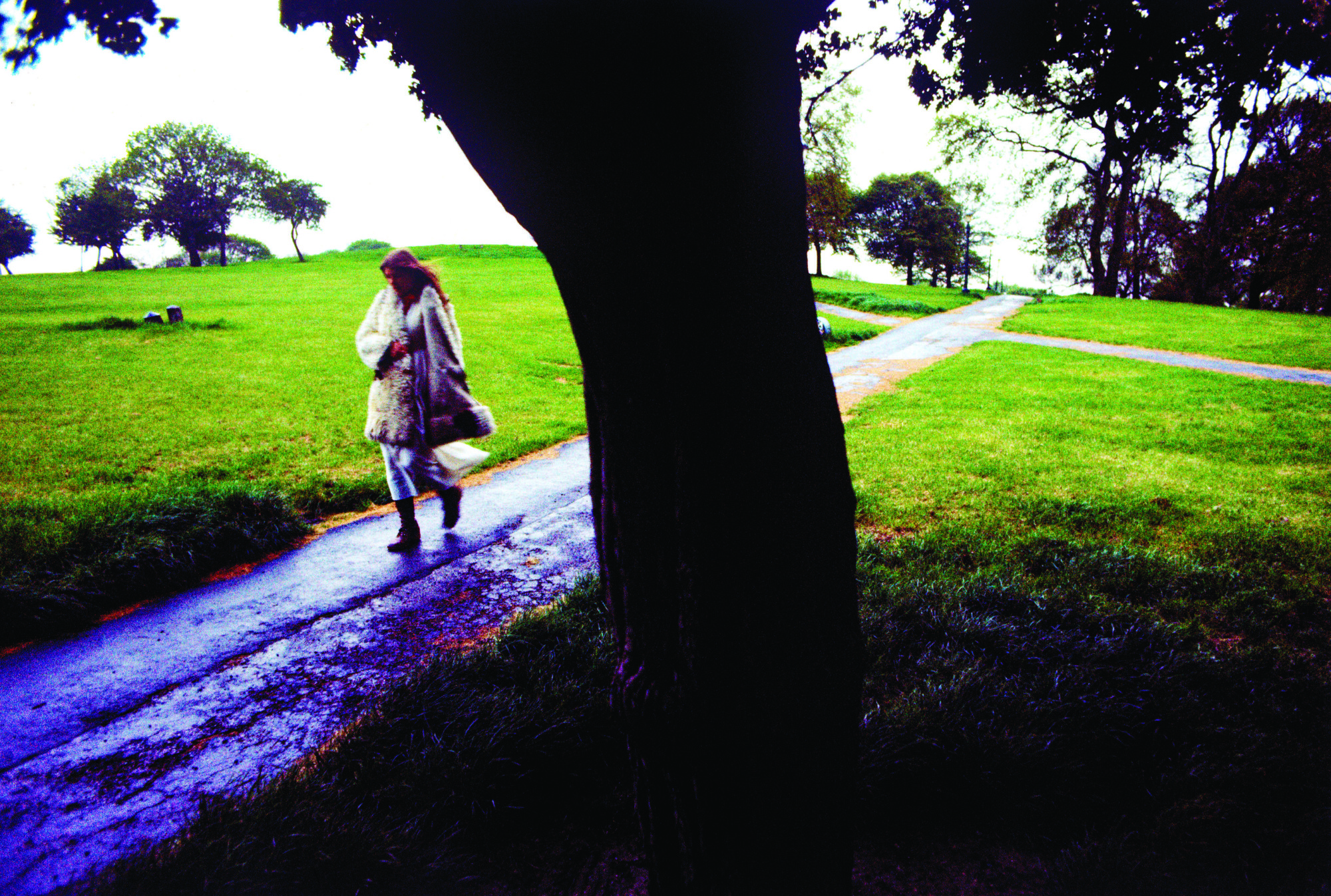
You are a very busy man and are always working on various projects, what are some of the latest you worked on and what are you currently working on?
There’s a lot on the plate with High Moon, particularly from the incredible vintage live archives we’ve been able to access – last year it was The Sons Of Adam, this year the Final Solution (live at the Matrix), and there are lots more in the pipeline. Still doing things for Ace / Big Beat, most recently a pop-psych collection, ‘Trip On Me’; likewise, some stuff for Guerssen, such as the new Los Shakers comp ‘Shakermania’. Have been mastering for Cherry Red, most recently a West Coast Pop Art Experimental Band box set that is due for imminent release. And odd projects like various garage 7”s for Mojo-Bone, a labour-of-love label run by a charming crazoid called Birdman. Never a dull moment around these parts …
Klemen Breznikar
Headline photo: Ed Caraeff
High Moon Records Official Website / Facebook / Instagram / Twitter / Bandcamp / YouTube

